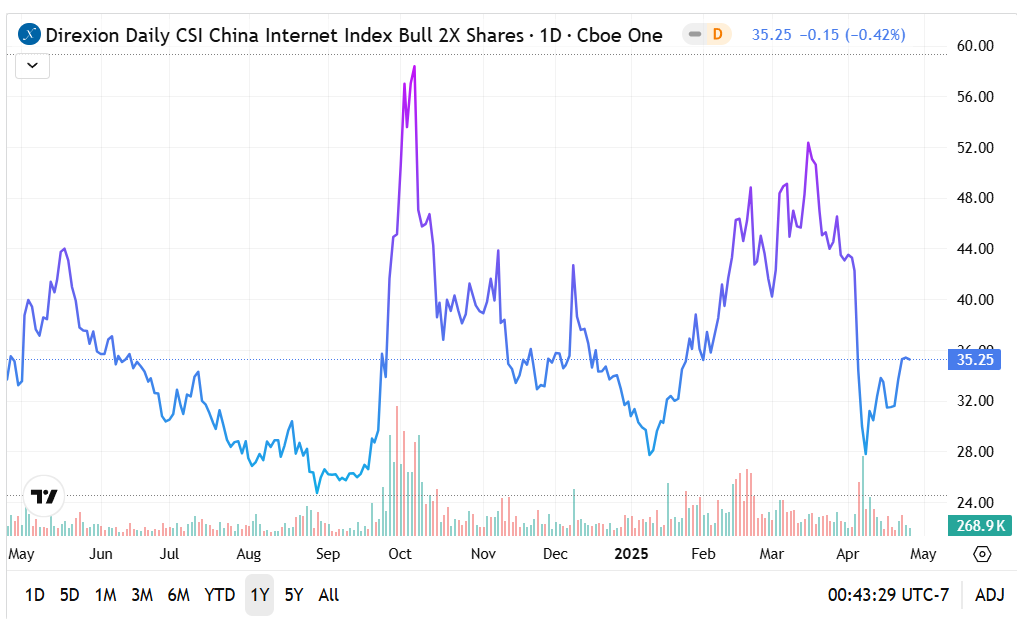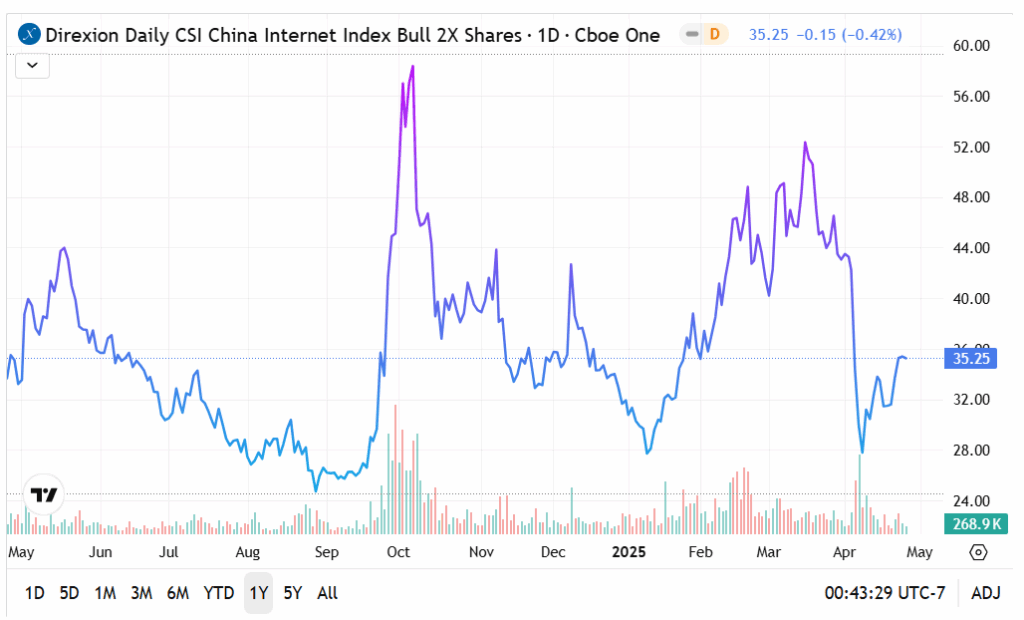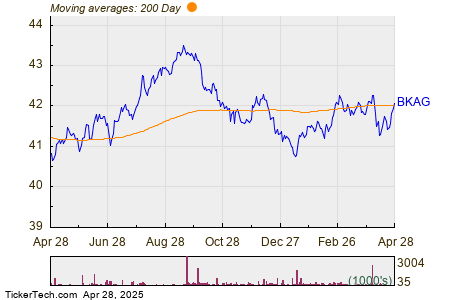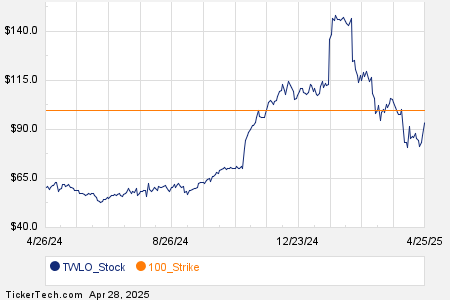Trump’s Trade Policies Affect Chinese Markets and Investment Opportunities
As President Donald Trump’s second administration unfolds, it has created noticeable tension across various sectors, particularly for China and its associated businesses. With his strong rhetoric and heavy tariffs, the president is taking a firm stance in dealing with Beijing. Yet, for those willing to take a contrarian approach, there may be investment opportunities on the horizon.
The bullish outlook for China, especially regarding its once-booming internet technology sector, carries inherent risks. However, it’s misleading to think that investment potential in Chinese stocks only leans bearish. In fact, several high-level factors suggest there may be reasons for cautious optimism.
First, last year, Beijing initiated measures to directly address its economic challenges, employing stimulus packages designed to foster growth. In December, Chinese leader Xi Jinping stated that the economy was stable and showing positive progress, asserting that social and development goals were on a favorable path.
These declarations are backed by early indicators showing that government initiatives are revitalizing specific sectors. Furthermore, Beijing’s stimulus efforts have rekindled demand for consumer credit, potentially benefiting the broader business landscape.
Another crucial element is the impact of Trump’s tariffs, which could compel China to innovate more aggressively. This could inadvertently give China a competitive edge in technology sectors. Particularly concerning for Washington is China’s accelerated investment in artificial intelligence. If current trends continue, China’s capabilities in AI may soon rival or exceed those of the U.S.
Lastly, there are signs that President Trump may not be fully committed to his original economic agenda. After the White House’s Liberation Day tariffs incited market downturns, Trump later announced plans for significant reductions in tariffs on Chinese goods. This pattern highlights the complex repercussions of significant international trade policies.
Direxion ETF Insights: Investors eyeing the contrarian China narrative might explore the Direxion Daily CSI China Internet Index Bull 2X Shares CWEB. This exchange-traded fund (ETF) seeks to achieve results that are 200% of the daily performance of the CSI Overseas China Internet Index.
Essentially, the CWEB ETF offers a straightforward medium for leveraged speculation. Unlike traditional options trading, which can be complex, CWEB allows shares to be traded like any public security, providing a quick-and-easy investment path.
Nonetheless, prospective investors should remain cautious. Leveraged ETFs entail significant risks; while they can amplify gains, they can also magnify losses. A few unfavorable trades can wipe out previous profits. Additionally, CWEB is intended for day-long exposure only; holding it longer risks value decay due to daily compounding effects.
Current Trends in CWEB: Despite recent volatility, particularly around the Liberation Day tariffs in early April, the CWEB ETF is showing signs of recovery.
- Over the past year and a half, weekly demand has generally trended negatively, with more weeks in decline than growth. However, in the last ten weeks, the performance has split evenly—five weeks up and five weeks down.
- Statistically, this “5-5” pattern amidst a negative tilt can suggest a slight upward bias moving forward. Notably, in the last five sessions, CWEB has gained over 11%, suggesting a possible shift towards Chinese equities.

Image by Jeremy Zhu from Pixabay.
This content is for informational purposes only and is not intended to be investment advice.
Market News and Data brought to you by Benzinga APIs



